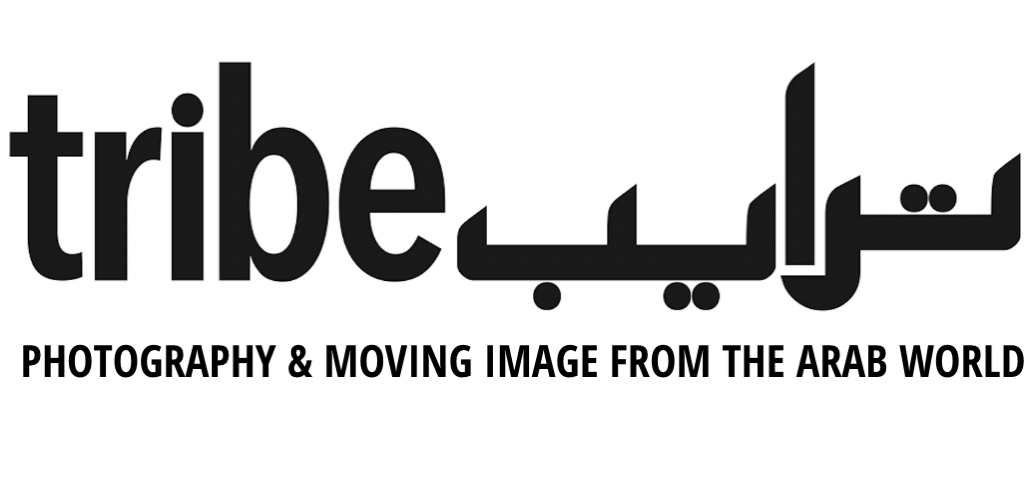Amina Kadous: The fluid precision of memory
Amina Kadous, El-Mahalla 20Km from the series A Crack in The Memory of My Memory (2019) Archival pigment print, 30 x 45 cm. Courtesy of the Artist.
With text by Alexandra Stock, curator, writer and producer with a background in Art, Media & Design Theory; Arts, Culture & Society; and Cultural Economics. Stock is a graduate of the De Appel curatorial program.
Kadous went abroad for university. While she was gone, the stacks of newspapers, vinyl records, dusty envelopes, scattered documents, photographs, postcards, postage stamps, and ticket stubs hoarded in the house stopped growing. Her paternal grandfather, the patriarch, passed away and once the pillar of his presence crumbled, the family dynamic shifted. Some members processed the loss quickly and pragmatically, but it was a slow burn for Kadous. Now a crucial bit closer to him in age, she spent long stretches at a time becoming reacquainted with her grandfather through the home that stubbornly refused to cross the threshold into the twenty-first century. But this delicate exploration of her family lore was cut short. The generation linking her and her grandfather put the house on the market and, suddenly, her plans surged in urgency. There were still so many things to discover: What to leave? What to keep? As a photographer, she found a compromise to her dilemma by documenting the house and its contents obsessively.
While she was busy creating an extraordinary number of images for yet-undefined projects, Kadous also struck a balance between being an artist and being a daughter, niece, sister, and granddaughter. In 2018, she called upon her relatives to lend her an assortment of mementos that they had taken from the house. Her first installation in Cairo titled “If My Grandfather Had Written Me a Letter” consisted of a room filled with antique and mid-century furniture, walls covered in large black and white paper prints of portraits and interiors, and original photographs framed under glass. The installation marked a professional highlight but also a personal triumph, because the public’s positive responses changed how her family valued their shared history. The artwork as a whole focused on the disorienting sense of having access yet being deprived of context; and in her projects since, Kadous has continued to carve out a space in this tension between distinguishing main threads among loose narratives while leaving ample room for imagination.
The days of the house in El-Mahalla are numbered. While Kadous is grasping for opportunities to spend time there she also scaled her interest to the city where cotton is still considered “white gold.” Her extensive research into the history of the industry effortlessly links colonial occupations to mid-century power struggles between heads of state, and to the passivity of the local government that left cotton production languishing since the 1980s. During her investigations on the ground, however, the stories once again became personal. Tracing the city’s history led her time and again to people who had known her grandfather to varying degrees, some as a friend, some as a student, and others as a customer. “Oh, he used to come here to get cotton seeds, we miss him so much!” These discoveries about his life were congruent withsurprising finds from the house. For example, her grandfather’s hidden diploma for a degree in agriculture that marked an achievement no living relative knew about. These full-circle moments happen frequently in Kadous’s work and it is almost inevitable, given that her family’s story can be seen as a microcosm of the story of El-Mahalla as well as that of Egypt, where the boundaries between past, present, and future are in constant negotiation.
Søren Kierkegaard said, “Life can only be understood backward but must be lived forward.” Kadous’s approach mirrors this oscillation between processing and creating as she becomes the custodian and interpreter of her family’s memories—and of a loaded chapter in her country’s history. Whether dealing with one’s unraveling identity following a personal loss or mapping a collapsed industry tied to regional identity, the universal themes underlying her projects offer generous points of entry to her work. Kadous’s initial question of whether we know El-Mahalla therefore becomes a tinge less straightforward. While we may only become acquainted with the area and its history through her photography, El-Mahalla in this context also symbolizes a space for identity and a sense of belonging amidst perpetual transformation. Amina Kadous’s work embodies a fearless commitment to the ongoing search and continuous discovery of that place.
Amina Kadous, If My Grandfather Had Written Me A Letter (2018) interactive room installation. Courtesy of the Artist.



